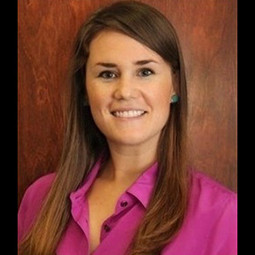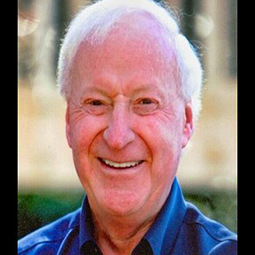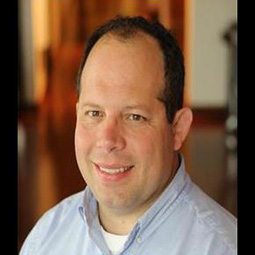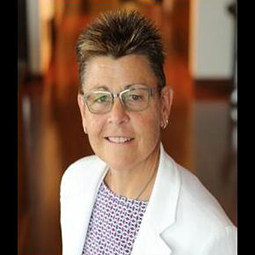Approach
Orthopaedic conditions affect over a third of the U.S. population each year with annual costs estimated at more than $870 billion in 2014. Yet, remarkably, because of difficulties with randomization and blinding in orthopaedics research, there is little evidence to suggest that altering the existing treatment mix will increase value either through improving outcomes or lowering costs. Because of the difficulties with randomization and blinding, value assessment in orthopaedics must exploit real-world variation in treatment choice. As such, the CERortho approach is distinct from traditional methods healthcare in that we focus on using the variation in real-world orthopaedic treatment choices to develop evidence. This approach requires large observational databases which follow orthopaedic patients throughout their care and document factors affecting treatment choice and outcomes. In addition, innovative research methods are needed to ensure that proper inferences are made from these data. CERortho’s strategy is to (1) build prospective databases for effectiveness research in orthopaedics; and (2) apply innovative methods and applications to these data.
Center Scientists and Staff
-

John M. Brooks, Ph.d.
-

Sarah Floyd, Ph.D.
-

April Osteen, M.Ed.
-

Richard Hawkins, MD
-

Chuck Thigpen, Ph.D.
-

Ellen Shanley, Ph.D.
Orthopaedic Patient Data Repository (OPDR)
This database follows patients with new orthopaedic conditions through their entire episodes of care collecting diagnostic information relevant to both treatment choice and outcomes, treatments, and patient-centered outcomes. The OPDR contains all patients with new orthopaedic conditions in Prisma Health – Upstate from 2016 to September 2022. CERortho built a data dictionary defining a “sufficient” dataset for comparative effectiveness research across the range of orthopaedic conditions. CERortho worked with Prisma Health to build modules within Prisma’s Epic system to collect this information. CERortho then collaborated with Prisma Health and the USC Department of Integrated Information Technology within the College of Engineering and Computing to create a secure CERortho server environment to house the data and devise a secure file transfer protocol to send data from Prisma Health into the CERortho secure server. The functionality of the OPDR has led to many initiatives.
Current Projects
- Dr. Brooks along with Dr. Alain Litwin of Prisma Health and Clemson University are
Co-PIs on an R18 study funded by AHRQ entitled The Development and Evaluation of a
Patient-Centered Opioid Discharge Prescribing Guideline Within the Electronic Health
Record of a Health System. The study uses a unique stepped-wedged units within Prisma
Health System. The data structures for this study are based on the structures and
processes developed for the OPDR.
- Drs. Brooks, Floyd, Chapman, and Thigpen received funding in 2020 on an R01 from AHRQ entitled Effects of Musculoskeletal Surgery Rates on Outcomes to assess the cost, detriments, and benefits from Medicare’s perspective associated with higher early surgery rates for newly diagnosed patients with shoulder conditions.
- Dr. Brooks and Dr. Jennifer Trilk of the University of South Carolina School of Medicine-Greenville were funded by the Duke Endowment to retrospectively assess the cost-effectiveness of the Exercise is Medicine program developed for Prisma Health by Dr. Trilk. Retrospective data for diabetic, hypertensive, or obese patients are being drawn on the structures and processes developed for the OPDR.
- Dr. Trilk and Dr. Brooks were funded by the National Institute of Health in a R56
study entitled Implementing and Evaluating the Comprehensive Integration of Physical Activity into
a Major Health System and Connecting Patients to Community-Based Physical Activity
Programs to build the data structures necessary for a prospective cost-effectiveness of the Exercise is Medicine program using an innovative step-wedged
design across Prisma Health primary care practices. The data structure for this study
are based on the data structure and processes developed with the OPDR.
- Brooks is working with Dr. Alex Ewing, Head of Prisma Health Data Support Core (DSC),
to build a prototype of a common repository database structure to support Prisma Health
and USC research interaction based on the OPDR.
- Chen, Brooks and Lutz are working with USC Health Services Policy and Management graduate
student Dakshu Jindal on her dissertation An analysis of the association between access
laws and physical therapy use and the effect of change in physical therapy use on
subsequent healthcare costs and opioid use. Ms. Jindal will be using the Medicare
data from the AHRQ R01 for this study.
- Floyd and Brooks are working with Clemson University Department of Health Sciences
graduate student Sydney Hughes Lindros on her dissertation entitled Treatment patterns
and associated outcomes for proximal humerus fractures in older adults. Ms. Lindros
will be using the Medicare data from the AHRQ R01 for this study.
Contact Us
Use the contact form to reach out to CERortho, or email April Osteen directly.